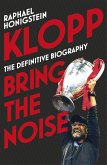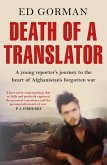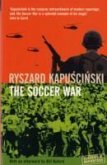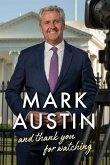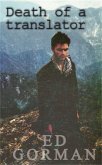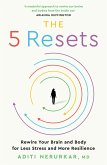W.H. Auden famously wrote: âPoetry makes nothing happen.â? Journalism is a different matter. In a brilliant study that is, in part, a memoir of his 40 years as an essayist and critic at TIME magazine, Lance Morrow returns to the Age of Typewriters and to the 20th centuryâ¿s extraordinary cast of charactersâ¿statesmen and dictators, saints and heroes, liars and monsters, and the reporters, editors, and publishers who interpreted their deeds. He shows how journalism has touched the history of the last 100 years, has shaped it, distorted it, and often proved decisive in its outcomes. Lord Beaverbrook called journalism âthe black art.â? Morrow considers the case of Walter Duranty, the New York Timesâ¿Â Moscow correspondent who published a Pulitzer Prize-winning series praising Stalin just at the moment when Stalin imposed mass starvation upon the people of Ukraine and the North Caucasus in order to enforce the collectivization of Soviet agriculture. Millions died. John Herseyâ¿s Hiroshima, on the other hand, has been all but sanctifiedâ¿called the 20th centuryâ¿s greatest piece of journalism. Was it? Morrow examines the complex moral politics of Herseyâ¿s reporting, which the New Yorker first published in 1946. The Noise of Typewriters is, among other things, an intensely personal study of an age that has all but vanished. Morrow is the son of two journalists who got their start covering Roosevelt and Truman. When Morrow and Carl Bernstein were young, they worked together as dictation typists at the Washington Star (a newspaper now extinct). Bernstein had dedicated Chasing History, his memoir of those days, to Morrow. It was Morrowâ¿s friend and editor Walter Isaacsonâ¿biographer of Leonardo Da Vinci, Albert Einstein, and Steve Jobsâ¿who taught Morrow how to use a computer when the machines were first introduced at TIME. Here are striking profiles of Henry Luce, TIMEâ¿s founder, and of Dorothy Thompson, Claud Cockburn, Edgar Snow, Joseph and Stewart Alsop, Joan Didion, Norman Mailer, Otto Friedrich, Michael Herr, and other notable figures in a golden age of print journalism that ended with the coming of television, computers, and social media. The Noise of Typewriters is the vivid portrait of an era.


